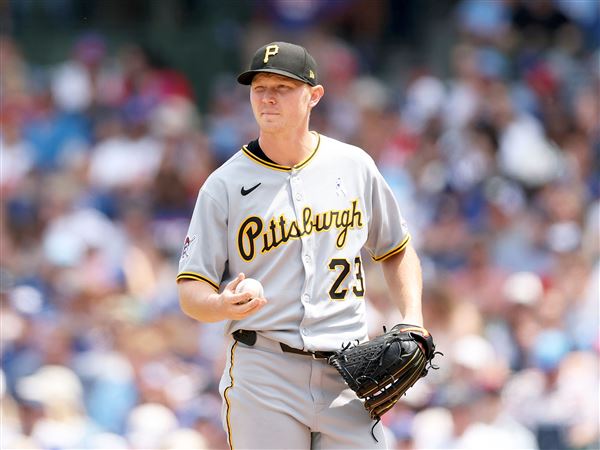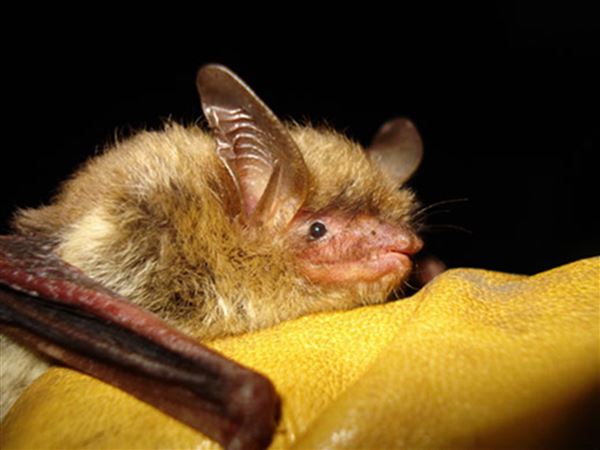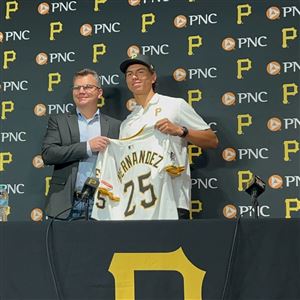In a surprising experiment that suggests adult stem cells may not be needed for successful animal cloning, for the first time two mice pups were made from a kind of blood cell that cannot replicate.
The findings, published today in Nature Genetics, open up new avenues in cloning research, said scientists from the University of Pittsburgh, the University of Connecticut and Yale University.
It appears that "differentiated cells are better than adult stem cells for cloning," said investigator Xiangzhong "Jerry" Yang, director of the University of Connecticut's Center for Regenerative Biology. "That's good news for therapeutic cloning research because you can get differentiated cells in large quantity very easily."
The researchers took the chromosome-containing nucleus of a white blood cell called a granulocyte from an adult mouse and placed it in an egg in which the genetic material had been removed.
They performed the same process, called somatic cell nuclear transfer, with nuclei from progenitor cells, which can still generate daughter cells, and from blood stem cells.
Transfers of granulocyte nuclei were the most successful. More than a third of the attempts resulted in development of a blastocyst, which is an early embryo comprised of 100 to 150 cells. Eleven percent of the progenitor nuclei transfers and 4 percent of the stem cell nuclei transfers produced blastocysts.
"It is surprising," because many scientists would have thought stem cells would work best, said investigator Dr. Tao Cheng, director of stem cell biology and co-leader of the cancer stem cell program at the University of Pittsburgh Cancer Institute.
Scientists have long thought that cell differentiation was a "one-way street," Dr. Yang said. Specialized cells, such as skin cells, could not be turned into other kinds of cells.
Dolly and other cloned animals challenged that notion. But with a 1 to 3 percent success rate, the cloning process was very inefficient, leading scientists to suspect that it only worked if the nucleus of an adult stem cell happened to be used for the transfer, Dr. Yang explained.
Yet if that were so, then the granulocytes could not have generated blastocysts and, after implantation into a surrogate mother, two mouse pups, and the adult stem cells should have been more successful.
The new findings suggest that animal cloning worked when the nuclei of a differentiated cell, not a stem cell, was transferred, Dr. Cheng said.
Cloning researchers may pick a cell out of a culture, so "it's very difficult to assess what kind of cell has been used to do the nuclear transfer," he said. "There's still a mixture of many cell types."
Adult stem cells must be very different from embryonic stem cells, he added, even though both kinds have the ability to self-renew and to generate specialized cells. Blastocysts developed in about half the cloning attempts that used embryonic stem cell nuclei, a nd 18 pups were born.
The scientists were intrigued to note that cloning efficiency changed even though the stem cells, progenitor cells and granulocytes came from the same donor and were genetically identical.
"That is certainly a major finding in this study," Dr. Yang said. "There are lot more studies, a lot more questions to address as to why they are different."
The two mouse pups cloned from granulocytes died a few hours after birth.
"Although the whole organism can be developed, it doesn't mean it's healthy," Dr. Cheng said. "Most cloned animals are not really healthy."
First Published: October 2, 2006, 4:00 a.m.
















